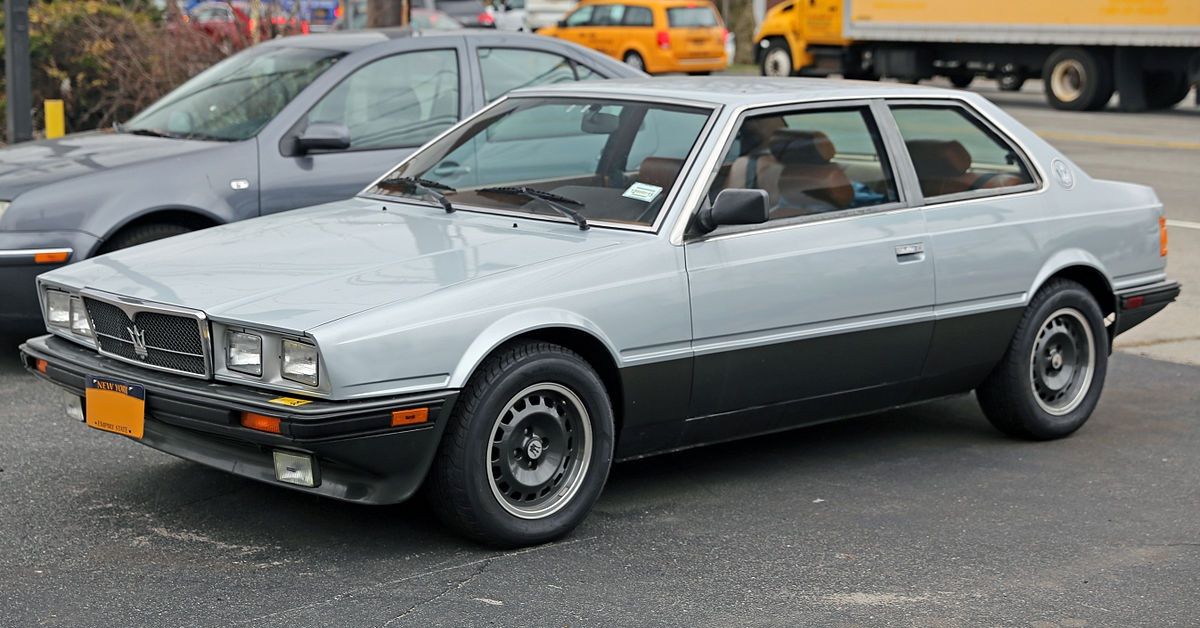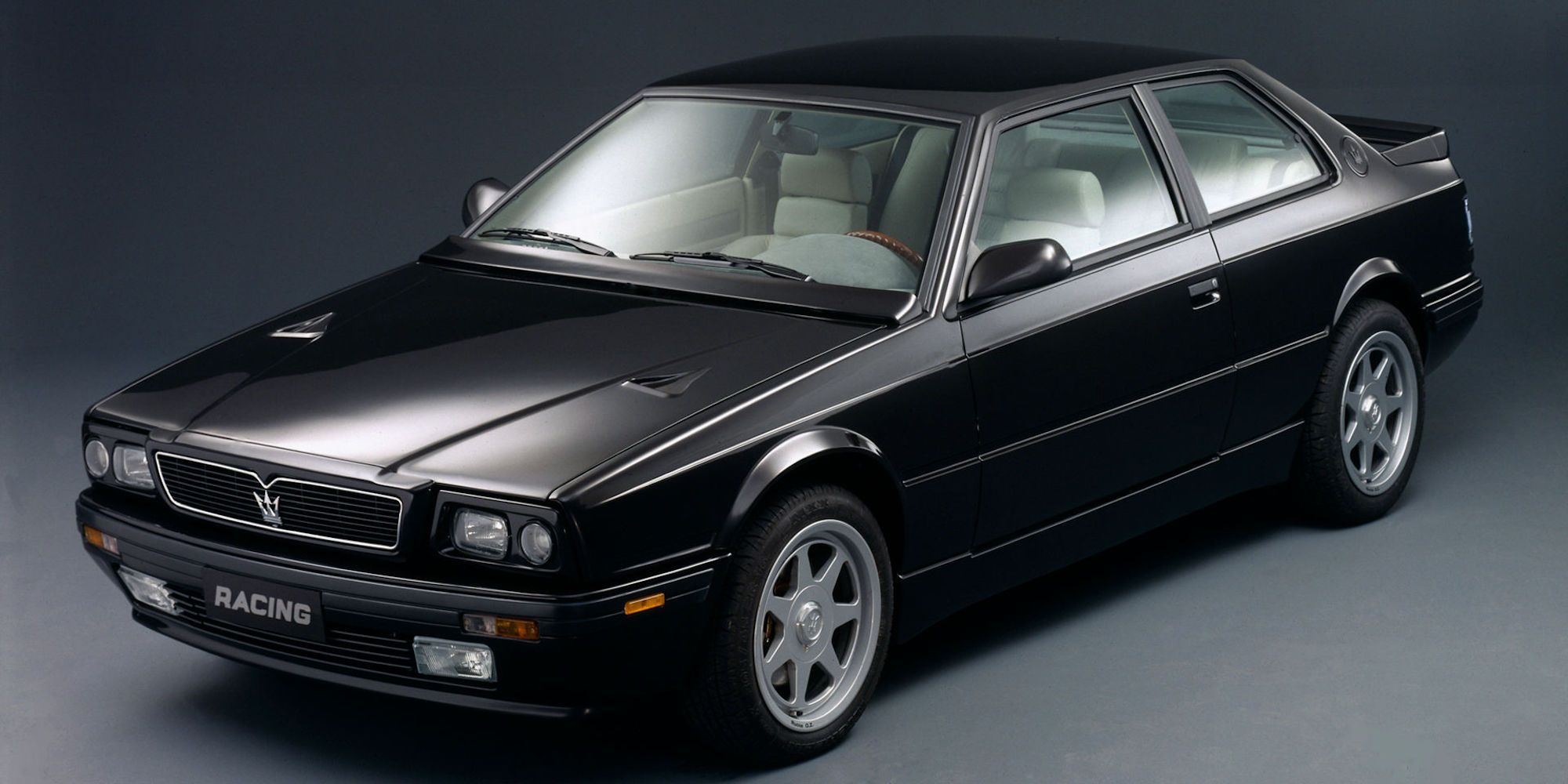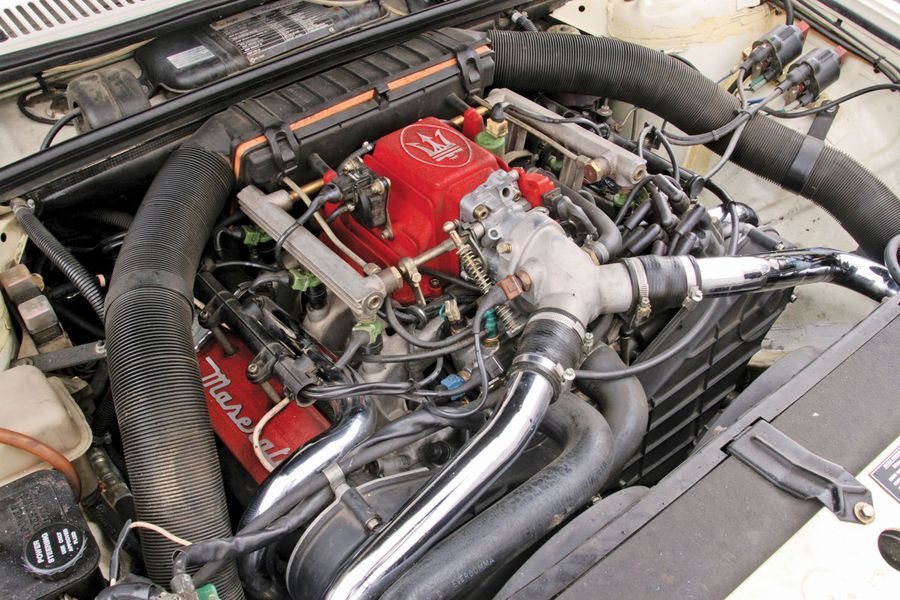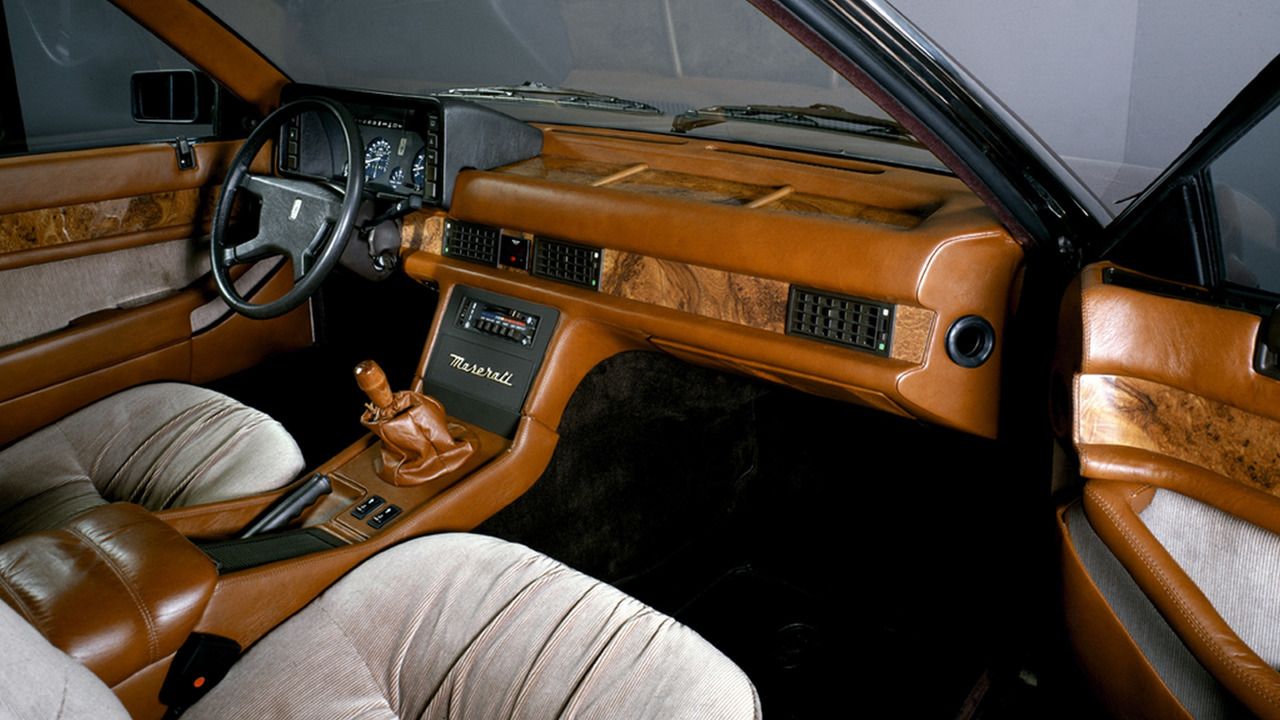If glamour, luxury, and comfort with decent performance is what you seek, a Maserati Biturbo is a great option. A luxurious high maintenance car isn't something everybody loves.
Although this grand tourer had a bewildering array of disguises, most failed to meet the American market standards.
Biturbo was tactical gameplay intended for the long run of Maserati. While being planned as a stage "down market" for Maserati, the cars were supposed to be enhanced mid-engined sports cars like the Merak and Bora.
Somewhere north of 45,000 units of the Biturbo were sold at first. It prompted interest from Chrysler head Lee Iacocca and Fiat to cement the brand as an extravagant contender to the BMWs and Benz' of the world in the long run.
This change in strategy was implemented after 1976 by Alejandro de Tomaso, the all-new acquirer of the Italian sports car brand. Despite putting the ideology of the common person’s affordability to fruition, these Sports cars sadly were termed as the companies downfall.
The Biturbo was indeed a vain strategic effort by Maserati. Here's why it was commonly discarded amongst the masses.
Here's What The 1980s Maserati Biturbo Is Worth Today
Amidst the heavy competition, the Biturbo was a decent vehicle. While new, it was capable of packing a punch to its competitors. It sped up rapidly, wasn't that awful in corners, and still had the picture of a supercar, despite the traditionalist looks and the 2.0-litre motor.
Today, the Biturbo is priced at a reasonable $12,900. Unfortunately, this car posed as a stain in the Maserati and the automobile industry. At last, the organisation dropped the Biturbo and set up Ghibli.
The Maserati Biturbo Performance Wasn't A Cliche Mid-Engined Sport
Riding Maserati’s pre-existing limelight, the Biturbo was unveiled in 1981 as a 2-door coupé, with an approximately 180 hp 2.0-liter twin-faster engine. It was manufactured only in left-hand drive mode and was a sole competitor until it was joined by Biturbo S in 1984.
Apart from 2 door coupés, Biturbo even entered the four-door family saloon department with Biturbo 420 and 420s. Just like its sibling, it featured only a left-hand drive and a 2.0-liter engine.
Fuel-injected models featured six-track rod ends, four of which wear quickly. The front ones wear quicker in carburettor cars, but injected cars have tougher ventilated discs at the front. The handbrake is observed to be dangerous of poor quality.
There were three available engine options and were distinguished based on capacity. The base variant was a 2.0-liter Twin-Turbocharged 90° V6. This was mainly in Italy to avoid paying a 38% VAT on other 2.5-liter, and 2.8-liter variants primarily meant for export.
At first, there were just three valves for each chamber, yet in 1988 the automaker brought out the 2.24v with 24 valves (four for every chamber). No intercooler was fitted to the early arrangement.
The front-engine rear-driven car produced a maximum torque of 208 lb-ft or 220 lb-ft based on engine capacity. The base variant had a power of 185 hp at 6,000 rpm, whereas the higher capacity engine managed 190 hp at 6,350 rpm.
Like every V6, the Biturbo’s engine was powerful. It couldn't be said that its performance wasn't consistent and requires regular maintenance. V6 replacements were expensive, and hence regular checkups were mandatory, especially for the Biturbo since it demands better maintenance.
Transmissions came in ZF automatic or ZF manual. There were three different ways the engine transited power to the wheels.
- A 5 speed ZF manual
- A 3 Speed ZF automatic
- A 4 Speed ZF automatic
With a graceful top speed of 134 mph, the car had a very well rated 0 to 60 mph acceleration in 6.7 seconds which was a noticeable feat for a 1980s model.
The Maserati Biturbo Interior Was All Glitter And No Gold
DeTomaso beautician Pierangelo Andreani crafted the styling of Biturbo. Unfortunately, the interior isn't designed for the negligent. While it looked extraordinary, the lodge was upholstered generally from second quality materials. The dashboard was covered with a phoney calfskin surface that peeled and tore after about 3-4 years.
The comfy seats were positive as the ride comfort was far better than its predecessors. The look and feel were appealing in this Maserati.
Most electrically operated appliances within weren't subjected to exhaustion or repetitive use. The fusebox costing around $550, is a printed circuit board that has to be repaired once. Even the electric window winder mechanisms tend to fail, and replacements are scarce.
Some cars had fused relays that pack up early. Blown head gaskets operate the cooling system’s two fans. If there’s to be a failure, an engine failure is very likely to occur. Hence cooling fans must break-in at apt and idle timing.
The Biturbo could easily accommodate four travellers in relative solace. With an average body size, the Biturbo could accommodate even five people. The box dimensions were 4400 x 1730 x 1330 mm.
The body shell wasn't anything out of the blue—a bland angular fascia and unique exterior design. Moreover, the body was constructed out of non-galvanised iron and was prone to rust. Early LHD cars are especially poorly rotted.
Decent Biturbos are scarce, and with patchy components availability plus doubtlessly excessive restore charges, you've got to shop for with care.




